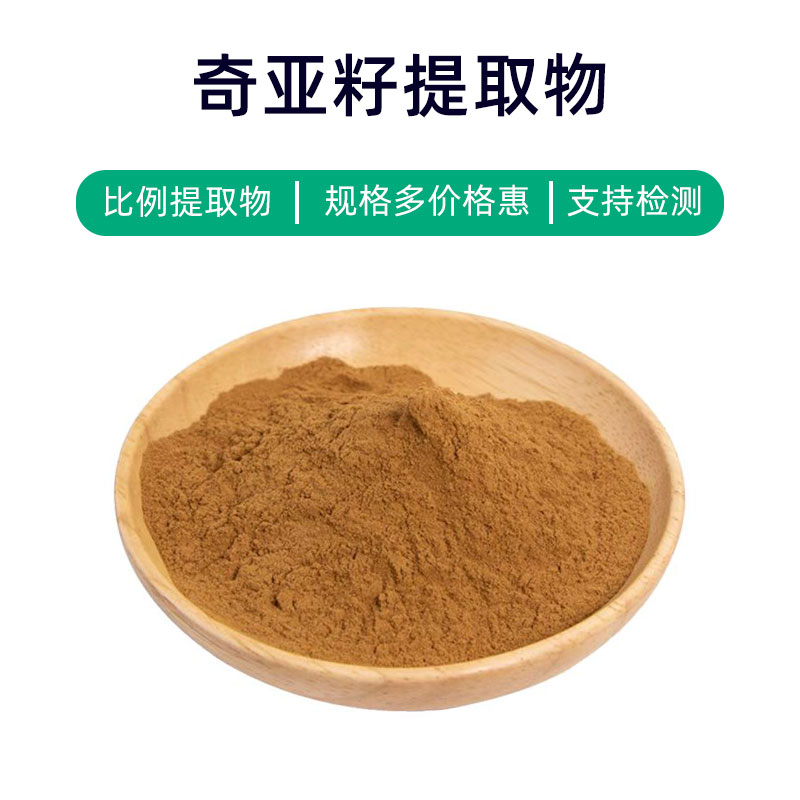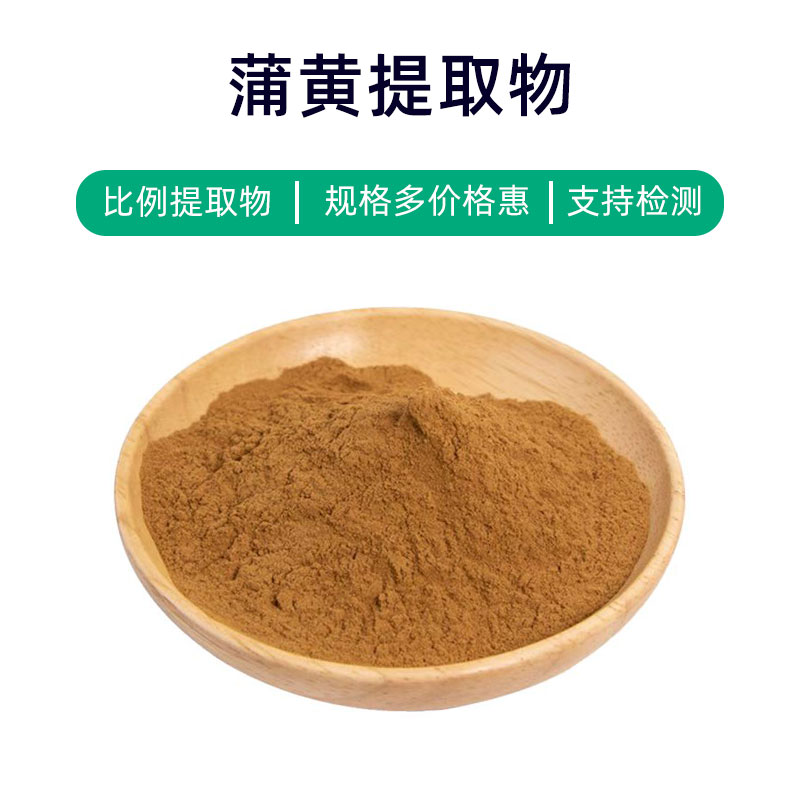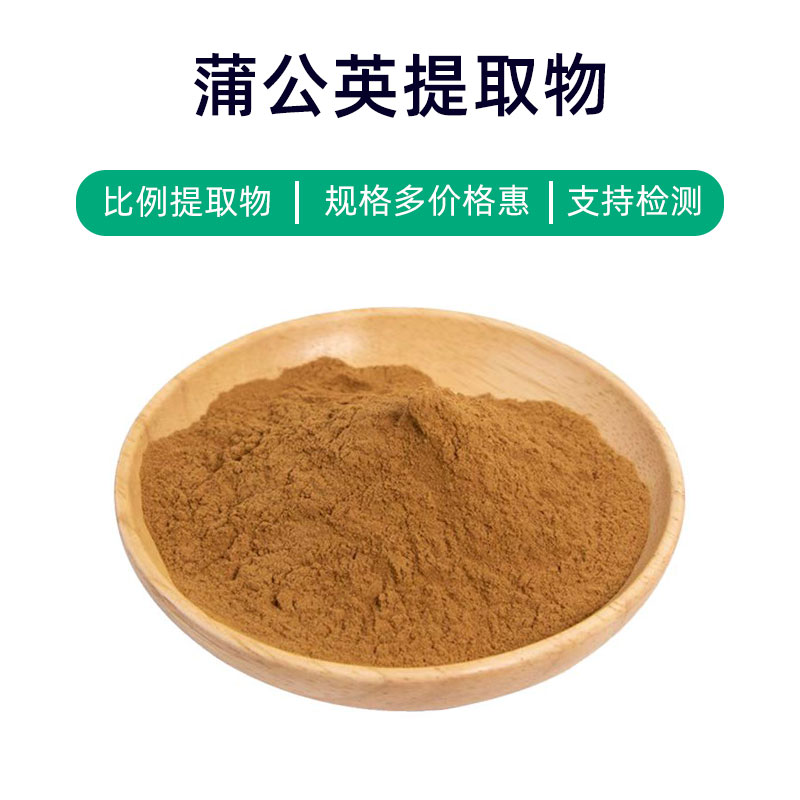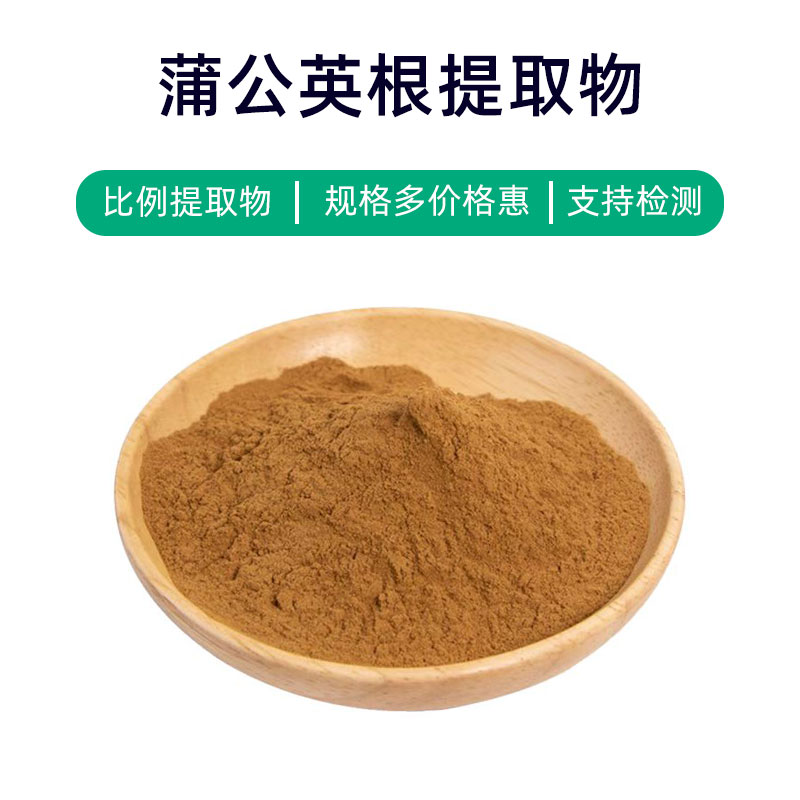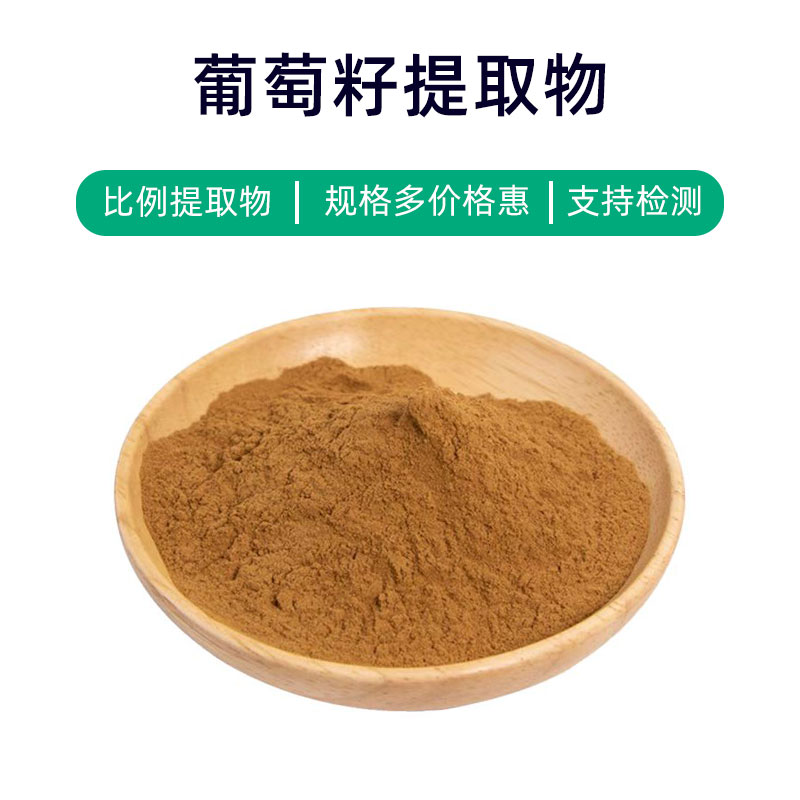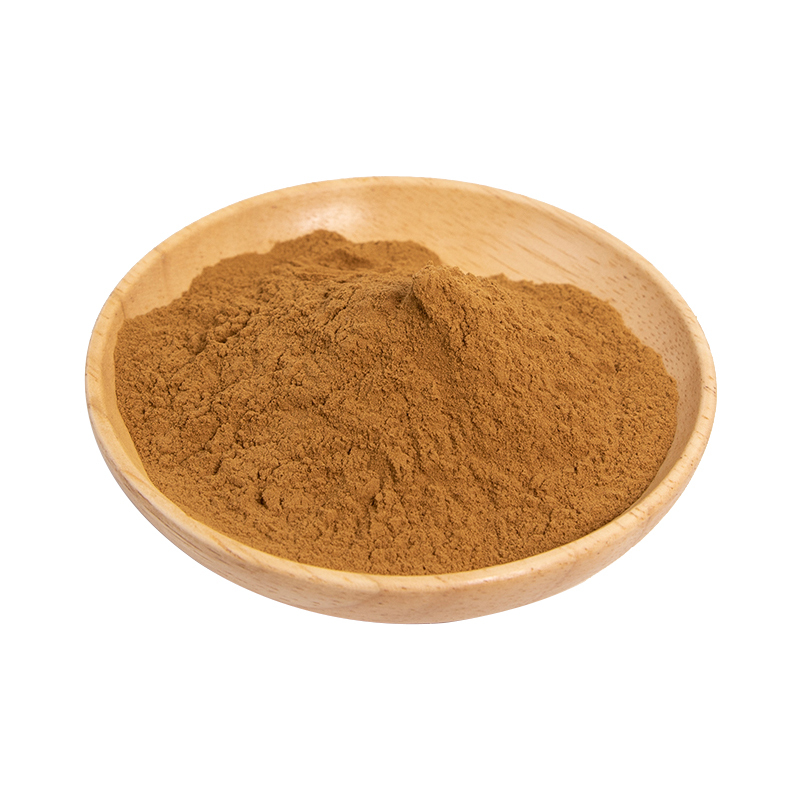Product Introduction to Sage Extract
Sage extract is derived from the sage plant (Salvia officinalis) and contains active components such as tannins, essential oils, and flavonoids. These components give sage extract various benefits and applications.
First, sage extract has antioxidant and anti-inflammatory properties, neutralizing free radicals and reducing oxidative damage, which helps maintain cell health. Second, it protects and repairs the skin, alleviating inflammation, promoting wound healing, and enhancing skin texture and evenness. Additionally, sage extract helps regulate blood sugar, promotes digestion, and suppresses bacterial growth.
In the medicinal field, sage extract is commonly used to prepare antioxidants, anti-inflammatory medications, and skincare products, such as anti-inflammatory gels and soothing creams. In the health supplement industry, it is also used for oral solutions and capsules to improve digestion and regulate blood sugar. Moreover, sage extract is extensively used in cosmetics, including creams, lotions, and masks, for antioxidant, anti-inflammatory, and skin-soothing effects.
When using sage extract, follow the product instructions or consult a doctor regarding dosage to avoid adverse reactions from overuse or misuse. In summary, sage extract is a multifunctional plant extract with broad application prospects in medicine, health supplements, and cosmetics.
Production Process of Sage Extract
The production process of sage extract typically involves several steps:
- Collection: Select sage plants grown in a pollution-free environment, harvesting fresh young leaves or flowers during their suitable growth period.
- Washing and Processing: Clean the harvested sage leaves or flowers to remove surface impurities, followed by preliminary processing like chopping or grinding.
- Extraction: Place the processed sage samples in extraction equipment and use appropriate solvents (e.g., ethanol, ethyl acetate) to extract active components from sage.
- Concentration: Concentrate the extracted liquid solution using low-temperature concentration or vacuum concentration techniques to evaporate the solvent, leaving the concentrated sage extract.
- Filtration and Purification: Filter and purify the concentrated sage extract to remove residual impurities and solvents, enhancing product purity and quality.
- Drying: Dry the purified sage extract, using methods such as spray drying or vacuum drying, resulting in a powder or granule product.
- Packaging: Finally, package the dried sage extract, typically in airtight containers to protect against moisture and light, ensuring stability and activity.
Overall, the production process of sage extract includes multiple steps: collection, washing and processing, extraction, concentration, filtration, purification, drying, and packaging. Each step requires strict control to ensure product quality and safety.
Benefits and Side Effects of Sage Extract
Sage (Cistus) is a commonly used herb, and its extract is widely utilized in the medical and health supplement industry. Below are the main benefits, functions, and possible side effects of sage extract.
- Antioxidant Effects: Sage extract is rich in polyphenolic compounds like flavonoids and catechins, providing powerful antioxidant properties that neutralize free radicals, delay cellular aging, and protect cells from oxidative stress.
- Immune Regulation: Sage extract is believed to have immune-modulating effects, boosting the body's immunity, enhancing immune cell activity, and increasing resistance to pathogens.
- Anti-Inflammatory Effects: The active components in sage extract possess anti-inflammatory properties, alleviating symptoms of inflammatory diseases such as arthritis and dermatitis, contributing to overall health.
- Antibacterial and Antiviral: Research indicates that sage extract has certain antibacterial and antiviral actions, inhibiting the growth of bacteria and viruses, assisting in the prevention of infectious diseases.
- Anti-Allergy: Some components of sage extract are thought to have anti-allergic effects, reducing allergic reactions and alleviating symptoms of allergic conditions like allergic rhinitis and dermatitis.
- Anticancer Activity: Some studies show that compounds in sage extract may exhibit anticancer properties, inhibiting certain cancer cells, but more research is needed to confirm specific effects.
Sage extract is generally utilized in medicine and health supplements, with primary benefits including immune enhancement, antioxidant effects, anti-inflammatory and anti-allergic properties. It may be taken orally or applied externally, with the dosage determined according to specific product instructions or medical advice, and it is recommended to follow instructions or consult a doctor.
Regarding sage extract's side effects, there is currently no concrete research evidence indicating severe adverse effects. However, individual differences may exist, and mild adverse reactions such as allergic responses or slight digestive upset might occur, so caution is advised when using, alongside following professional recommendations.
Application Scenarios and Dosage of Sage Extract
Sage extract is extensively used in the fields of medicine, food, and cosmetics, offering various benefits. Below are its applications in each field, along with recommended dosages.
- Applications in Medicine:
- Immune Regulation: Sage extract can serve as an immune modulator to enhance the body's immunity. It is generally taken orally, with the dosage based on product instructions or medical advice, usually once daily.
- Anti-Inflammatory and Antibacterial: Used to alleviate inflammatory responses and inhibit bacterial growth, it can be taken orally or applied externally, with specific dosage based on medical advice or product instructions.
- Applications in Food:
- Additive: Sage extract is often used as a food additive with antioxidant and preservative effects. It is recommended to use according to food type and purpose, following product guidelines.
- Tea Beverage: It can be used to make tea beverages, offering refreshing and antioxidant benefits. The use involves appropriate brewing, typically once or twice daily.
- Applications in Cosmetics:
- Skincare Products: Sage extract is frequently included in skincare products for its moisturizing, antioxidant, and anti-inflammatory properties, improving skin texture. It should be applied adequately to clean skin, used daily as needed.
- Sunscreen Products: It can be incorporated into sunscreen products to reduce damage from sun exposure. Usage involves adequate application to sun-exposed areas, used daily with reapplication as necessary.
It is important to note that the usage and dosage of sage extract should follow product instructions or medical advice to avoid overuse or misuse, which could lead to adverse reactions. Additionally, an allergy test is recommended before use, and individuals with a history of allergies or special conditions should use it under medical supervision.
In general, sage extract, as a natural plant extract, has broad application prospects in medicine, food, and cosmetics, but caution should be exercised, and relevant regulations and recommendations followed.
Overview of the Sage Plant: Source, Distribution, and Growth Environment
Sage (scientific name: Leonurus japonicus) is a common herbaceous plant belonging to the Lamiaceae family. Below is a detailed description of the source plant of sage extract, its distribution, and growth environment.
- Plant Description:
Sage is a perennial herb with an upright stem, reaching heights of approximately 30-120 cm, covered with gray-white hair. The leaves are heart-shaped or ovate, with serrated or entire margins, and a rough surface. The flowering occurs in summer, typically displaying pale purple or pink flowers, arranged in spikes or clusters. - Distribution:
Sage is widely distributed, primarily in East Asia, Southeast Asia, and South Asia, including China, Japan, Korea, Vietnam, India, and Nepal. In China, sage is found in East China, Central China, and South China, often along hillsides, field edges, wastelands, and roadsides. - Growth Environment:
Sage adapts to a variety of growth environments, generally thriving in warm and humid climates. It prefers sunny, well-drained conditions with loamy, fertile soil ranging from slightly acidic to neutral. Its hardiness allows it to grow in cooler regions as well. - Reproductive Methods:
Sage reproduces mainly through seeds and vegetative division. Seed propagation is the primary method, wherein seeds are dispersed from mature fruits and germinate under suitable conditions. Vegetative propagation can occur from side shoots that sprout from underground stems or rhizomes. - Characteristics of Main Growth Regions:
- East China: Sage is common in Jiangsu, Zhejiang, Anhui in China, primarily found in moist hillsides, field edges, and along streams.
- South China: Guangdong, Guangxi, and Fujian also have sage, benefiting from the warm, humid climate conducive to its growth.
- Southwest China: Sage is also found in Yunnan and Guizhou, where the diverse terrain and climate offer suitable growing conditions.
Overall, sage is a resilient plant that can thrive in various environmental conditions. Its extensive distribution and adaptability make sage an important medicinal and ornamental plant, contributing ecological and economic value.
Processing and Storage of Sage Extract
The processing of sage extract involves the following steps: First, fresh sage plants are harvested, then washed to remove impurities. Next, they are chopped or ground to an appropriate size, followed by extraction using suitable methods (e.g., water or alcohol extraction). The extract is then filtered, concentrated, and dried before packaging for storage. For storage, sage extract should be kept in a cool, dry area, away from direct sunlight and high temperatures, while ensuring it is sealed to prevent moisture and oxygen infiltration, preserving its stability and efficacy.
Monica Sun is a seasoned expert in the plant extraction industry with over a decade of experience in research and production. She specializes in the extraction and purification of plant active ingredients, focusing on driving innovation in natural product applications. Monica has participated in the development of multiple functional plant extracts, delivering high-value natural raw material solutions for the health food, pharmaceutical, and dietary supplement sectors.









